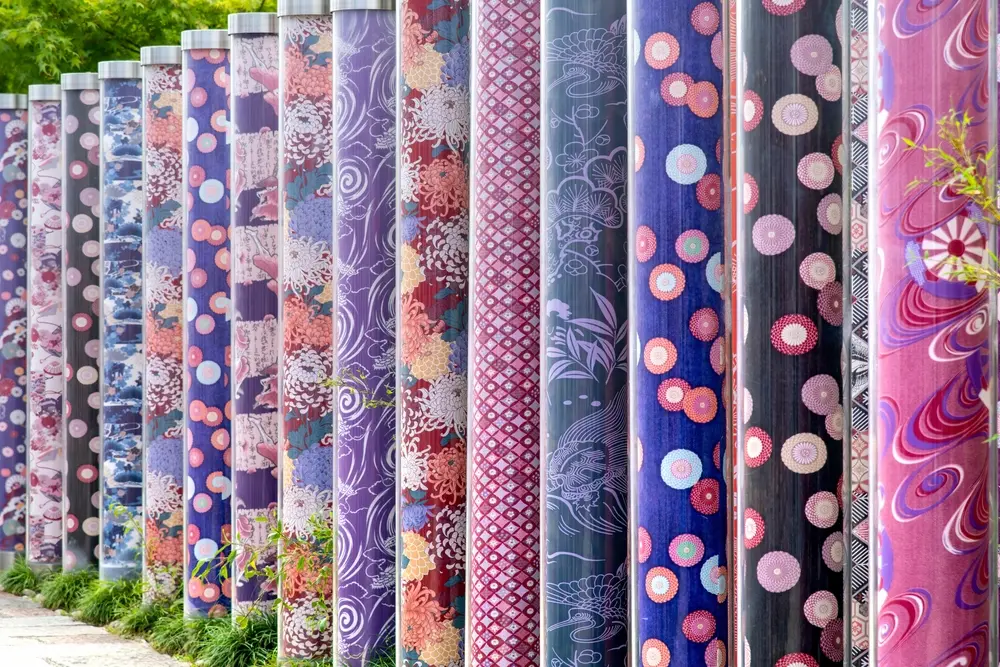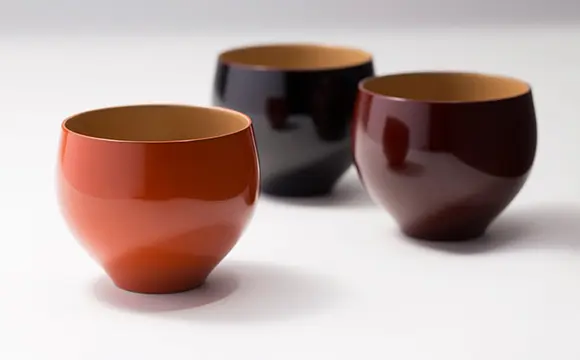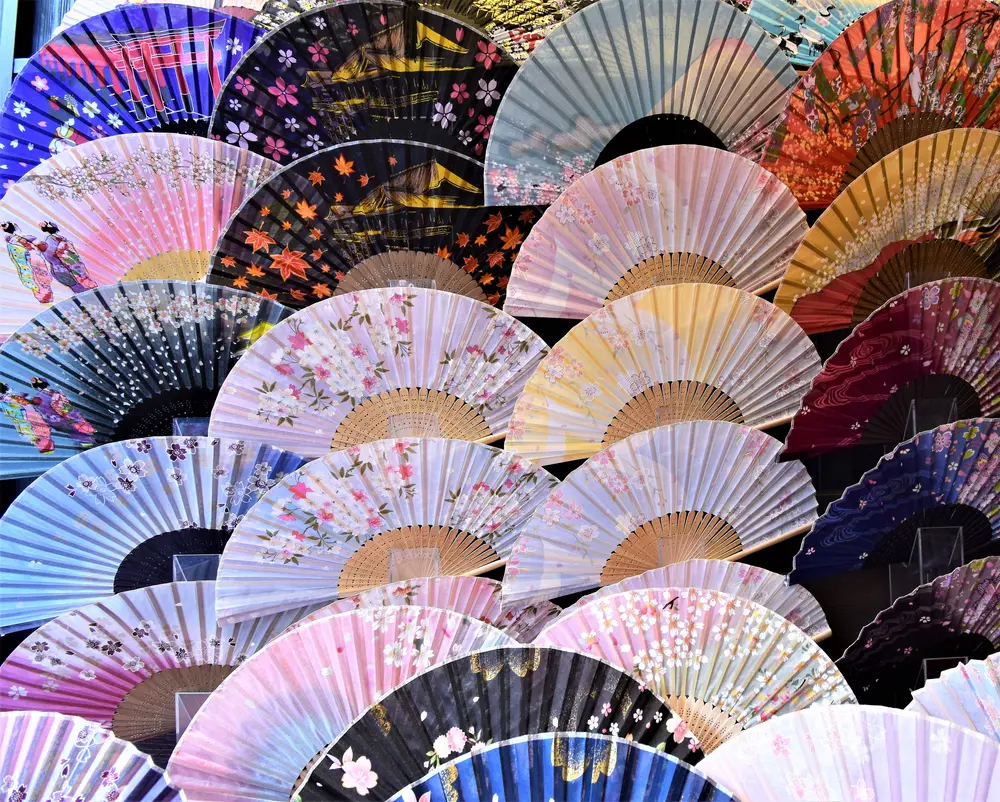Traditional Crafts of Kyoto: A World of Timeless Beauty and Skill
Traditional Arts & Crafts of Kyoto
Kyoto, the ancient capital of Japan, is home to a rich tapestry of traditional crafts. From Kiyomizu-yaki pottery and Nishijin-ori textiles to Kyo-Yuzen dyeing, these exquisite masterpieces showcase the skills of artisans passed down through generations.
This comprehensive guide delves into the details of each craft, exploring their history, production techniques, and where to find these unique treasures. Whether you’re planning a trip to Kyoto or searching for a special gift, let this guide be your companion in discovering the captivating world of Kyoto’s traditional crafts.
Iconic Crafts
A Historical Tapestry of Artistry and Craftsmanship
Kyoto’s rise as a hub of traditional crafts is deeply intertwined with its rich history. As the imperial capital for over a millennium, Kyoto attracted skilled artisans from across Japan, fostering an environment of creativity and innovation. The imperial court’s patronage and the city’s flourishing temples and shrines fueled the demand for exquisite crafts, further propelling Kyoto’s artistic development.
Throughout the ages, Kyoto has produced a diverse array of iconic crafts, each reflecting the unique aesthetic sensibilities and techniques of its time.
- Heian Period (794-1185): This era saw the flourishing of crafts like lacquerware, textiles, and calligraphy, often adorned with elegant courtly motifs.
- Muromachi Period (1336-1573): The rise of the samurai class led to the development of swords, armor, and tea ceremony utensils, characterized by their understated elegance and functionality.
- Edo Period (1603-1867): This period of peace and prosperity saw a surge in the production of crafts for everyday use, such as ceramics, textiles, and woodblock prints, often featuring vibrant colors and playful designs.
Kyoto’s legacy as a center of traditional crafts continues to this day, with artisans preserving and innovating upon centuries-old techniques, ensuring that these cherished traditions endure for generations to come.





